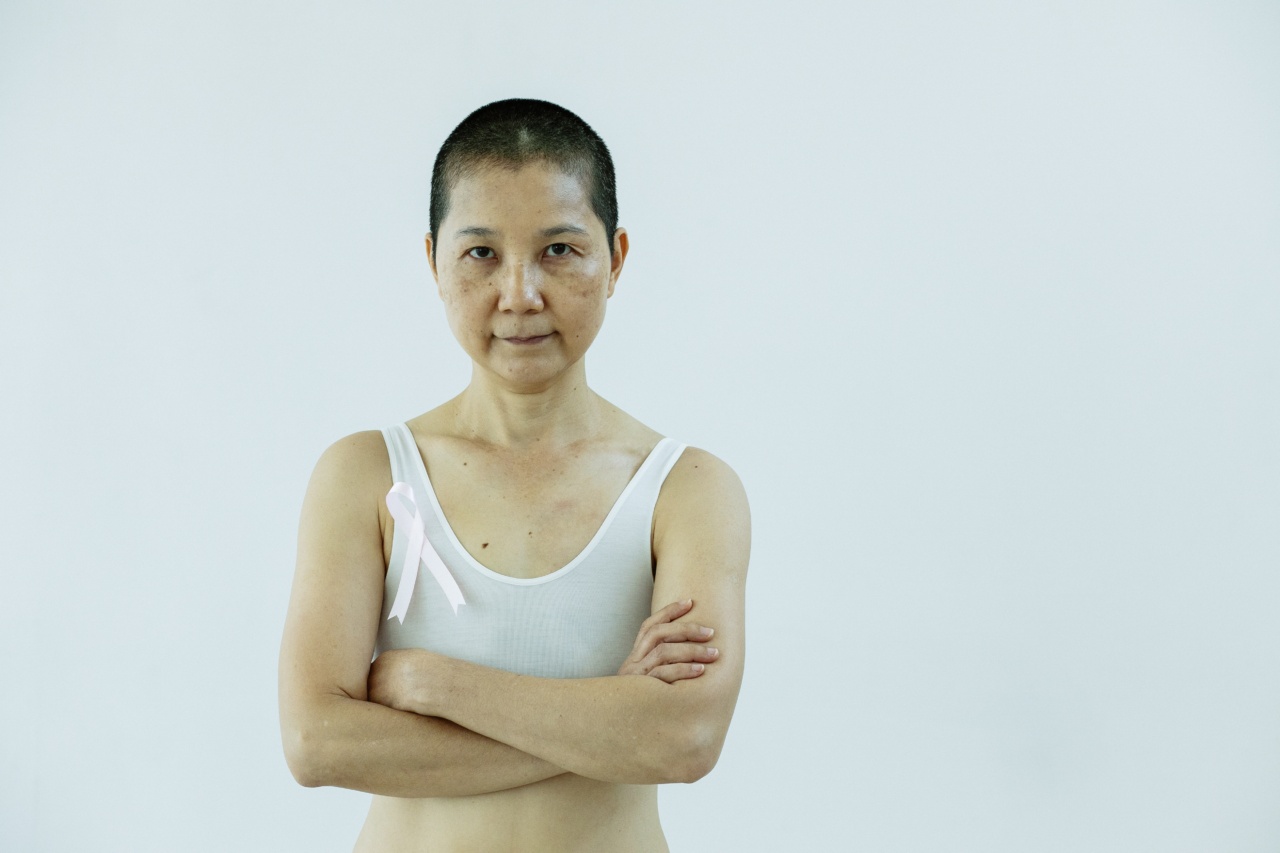Breast pain is a common symptom experienced by many women at some point in their lives. It can range from mild discomfort to severe pain, and it may be localized in one or both breasts.
In some cases, breast pain may be accompanied by other symptoms, such as swelling, redness, or nipple discharge. Understanding the underlying causes of breast pain is important for proper diagnosis and treatment. In this article, we will explore 10 possible causes of breast pain and provide pictures to help illustrate each cause.
1. Hormonal changes:
Fluctuations in hormone levels throughout the menstrual cycle can cause breast pain. This type of pain is often described as a dull, heavy, or aching sensation. It is usually bilateral, affecting both breasts equally.
The pain is typically more pronounced in the premenstrual phase and may improve after menstruation. The image below shows the hormonal changes that occur during the menstrual cycle.

2. Breast cysts:
Cysts are fluid-filled sacs that can develop within the breast tissue. They are common and usually benign. When a cyst enlarges or becomes painful, it can cause breast pain. Cysts may feel round, smooth, and movable.
The pain associated with cysts is often intermittent and may worsen before menstruation. The picture below demonstrates the appearance of a breast cyst on a mammogram.

3. Fibrocystic breast changes:
Fibrocystic breast changes refer to a non-cancerous condition characterized by the development of lumps, cysts, or areas of thickened breast tissue. These changes are influenced by hormonal fluctuations.
The breasts may feel tender, lumpy, or have areas of firmness. The picture below shows the appearance of fibrocystic breast tissue on an ultrasound.

4. Mastitis:
Mastitis is an infection of the breast tissue that can cause breast pain, swelling, warmth, and redness. It commonly occurs in breastfeeding women but can also affect non-breastfeeding women.
The image below illustrates the redness and swelling associated with mastitis.

5. Trauma or injury:
Direct trauma or injury to the breast can lead to pain and bruising. This can occur from accidental falls, sports-related injuries, or even tight-fitting bras. The picture below shows an example of bruising resulting from a breast injury.

6. Costochondritis:
Costochondritis is the inflammation of the cartilage that connects the ribs to the breastbone. It can cause sharp or stabbing pain in the chest wall or breast area. The pain is often worsened by deep breathing, coughing, or physical activity.
The image below demonstrates the location of the ribs and cartilage affected by costochondritis.

7. Breast abscess:
A breast abscess is a localized collection of pus within the breast tissue. It typically causes severe pain, swelling, and redness. Abscesses are usually caused by bacterial infections, and they may require surgical drainage.
The picture below shows a breast abscess on a mammogram.

8. Medications:
Some medications, such as hormone replacement therapy, oral contraceptives, or certain antidepressants, can cause breast pain as a side effect.
If you suspect that your medication is causing breast pain, consult your healthcare provider for further evaluation. The image below illustrates different types of medications commonly associated with breast pain.

9. Breast cancer:
While breast pain is not typically a common symptom of breast cancer, it can sometimes occur.
If you experience persistent, unexplained breast pain or other concerning symptoms, it’s important to consult with a healthcare professional for an evaluation. The picture below shows a mammogram image of a breast tumor.

10. Muscle strain:
Straining or pulling the muscles in the chest wall can cause breast pain. This can happen due to intense physical activity, lifting heavy objects, or even improper posture.
The picture below demonstrates the muscles in the chest wall that can become strained and result in breast pain.



























